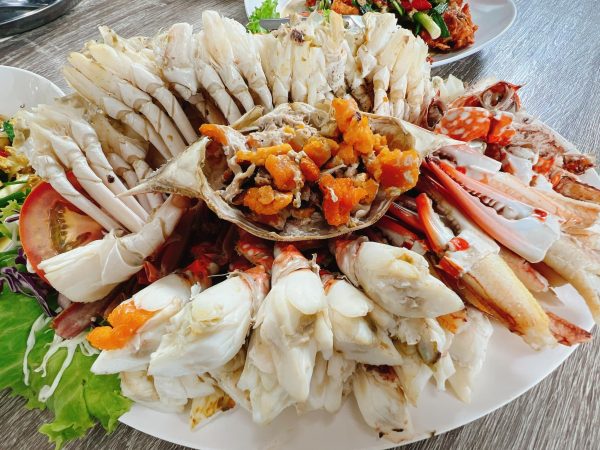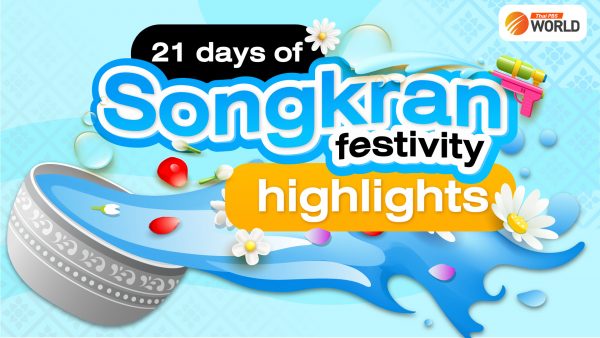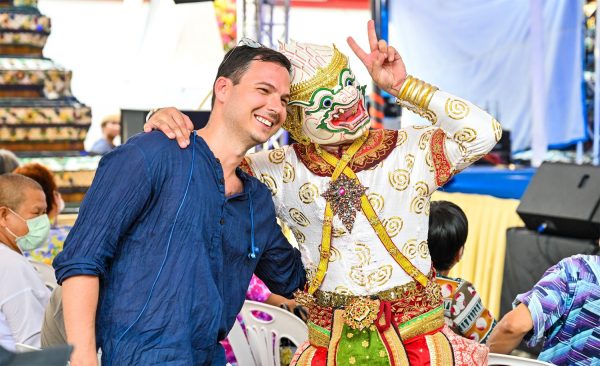A cultural melting pot of learning

A learning centre for people of diversity, TK Park Yala is celebrating its 13th anniversary with a larger space and improved services.
Located a stone’s throw from the current premises, the new TK Park Yala is expected to open in 2022. Housed inside a five-storey buildingand spread over more than 15,000 square metres, the new centre aims to support start-up projects and businesses initiated by young people in this southern city.

It will serve as a learning centre for youngsters to discover more about themselves, their roots and culture, nature and new technology. To attract these young people, the new TK Park will provide a round-the-clock co-working space with highspeed internet at no charge.
The centre has become a place where people from different religions learn how to share a space, said Yala mayor Pongsak Yingchonchaoen. Since the insurgency gradually began to ease in 2011-2012, TK Park has become a space that provides knowledge and helps people move forward.
“Insurgencies can’t be solved by weapons, but rather by education. TK Park has opened a space where children from different backgrounds and religions can read, interact and participate in activities together. This allows them to grow up together and eventually become friends,” said Veera Rojpojanarat, president of the executive committee of OKMD.
Originally located in an old movie theatre, the first centre was forced to close because of the insurgency, and later relocated to its current home. Over the years, children have been encouraged to learn about the differences in religions and culture.

Two decades ago, Yala was one of the three Southernmost provincesdeeply troubled by violence. TK Park was designed as a shared space for young children and the general public to read and learn. Thirteen years on, the centre has grown in popularity, welcoming more than 2.66 million people, or about 190,000 a year. Thanks to its prime location, visitors of all ages flock to the premises, with young children, adolescents, adults and the elderly all eager to share the working and reading space.


A school director who asked not to be named praised TK Park for being more than a library where schoolchildren could read and do research for their studies while enjoying activities outside their classrooms.
Dulfitre Chema, a father who brings his two sons to the centre from time to time, said the expanded space will definitely attract more users in the future. However, he feels that the activities should be more diverse and tailored to different types of users.
Currently, there is very little for his young sons, aged three years and 18 months old respectively, to do at the centre, he said.
A Yala mother, who introduced herself as Jay, said her teenage daughter always enjoys coming to the centre, adding that her daughter likes playing music so she hopes the new venue will feature a music corner like its parent facility in Bangkok.
Jay also commented that it would be more practical for users to stay inside the library and read for hours on end if they were allowed to bring some snacks and drinks with them.
Apart from its main centre in the city, a mini TK Park has been set up at Tessaban 4 Thanavithi School. Three more mini TK Parks are in the pipeline, making it easier for students from different parts of town to use the space. The province aims to help young children to dig deep and discover their roots while learning new technology.
The Southern branches of TK Park stand out from those in other regions in the Local Knowledge Book Series. Unlike other areas where these tomes providing basic knowledge about provinces and regions are published in English and Thai, the ones featuring Pattani and Narathiwas come in Thai, English and Malay.
For example, “Nara’s Hidden Treasure Discovery” (“Talui Nara Tamha Kumsap” in Thai and “Meredah Masuk Ke Nara Untuk Mencari Harta Karun” in Malay) tells the story of a boy who’s visiting his cousins in Narathiwas for the first time. Throughout the trip, he learns about the province from different perspectives, including ecology, art and culture, history and natural resources.Another good example is “Who is Guilty?” (“Krai Pid?” in Thai and “Siapa Salah?” in Malay). The book shows the diversity of nature and portrays the Southern landscape and the way of life of its people.






